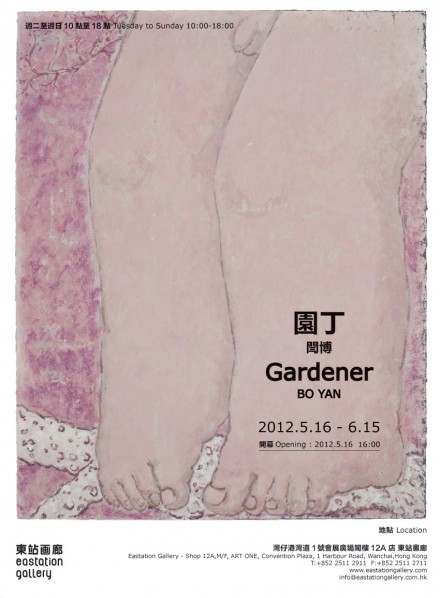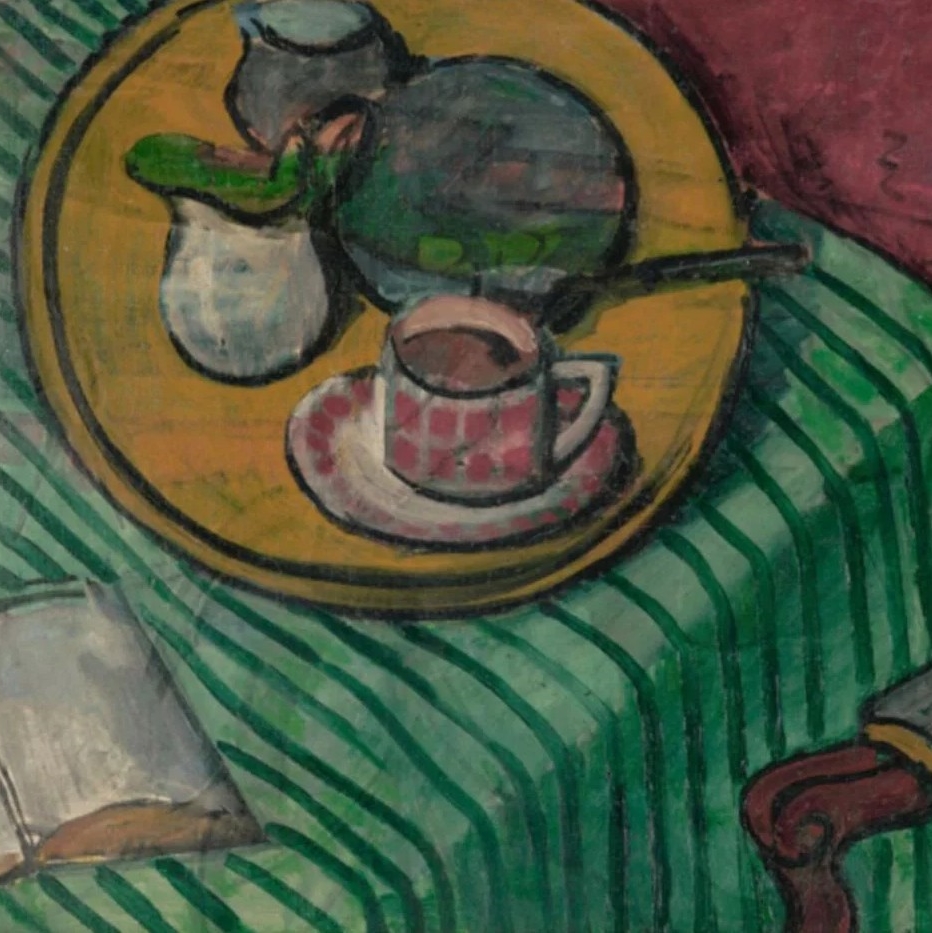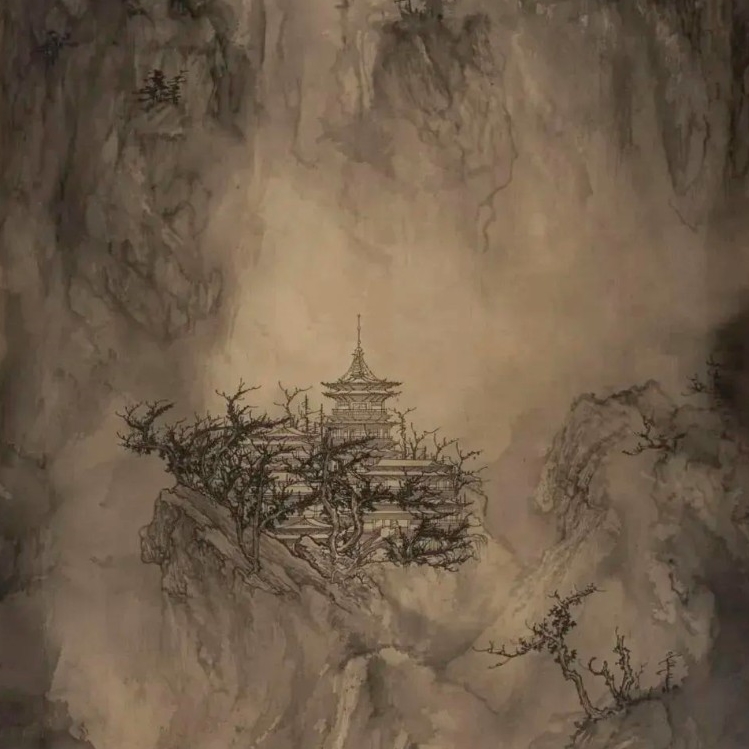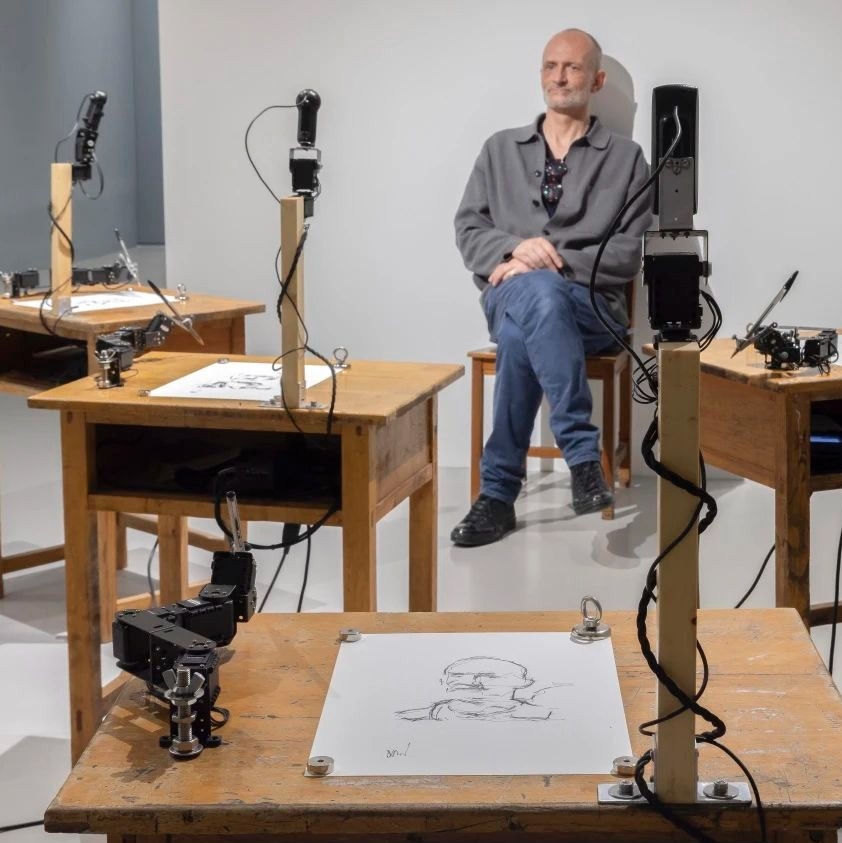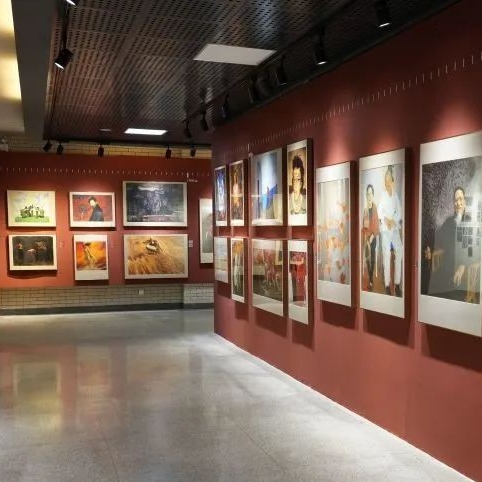The Depth of Planes
By Peng Feng
To create an illusion of three-dimensional images on a two-dimensional surface was seen in traditional Greek painting. Because of this, Plato believed painting was deception. “Sometimes the concave can be seen as the convex, because of the color generated illusion to our eyes. Clearly, this delusion generated great confusion in our heart. Using the distance of light and shadow on the painting or drawing to cheat people's minds to achieve its magic. The magic that is the same as this.” The artists were an obstacle to the pursuit of truth and were to be expelled from Plato’s ideal Republic. E.H Gombrich’s view, the whole history of Western art moved to the direction of manufacturing an illusion. It’s ultimate goal was reached with the rising of Impressionism in the late 19th century. However, with the development of photography and innovation of art, the illusion that was produced by impressionism was challenged by modern painting from the beginning of 20th century. Modernist painting became opposed to illusion effects. Minimalism was an extreme shift in the treatment of the picture plane, just as impressionism was at the end of classical painting. Minimalism ended the Modernist painting. Since then, painting has entered a Post-modern or Post-Historical stage. There have been a multitude of movements throughout history, all have had the possibility of being rewritten. In the Post-Modern or Post-Historical era of painting, the point is not renovation of the form itself, but in an ambiguous attitude. However, the ambiguous state of the Post-Modern in all fields is boring now. What is painting now? Or can be good art? Yan’s answer is a negative one. Because exploring another way to continue painting outside of the Post-Modern- he has created paintings that belong to this new era..
Painting is done on a flat surface. Whether it is on cloth, paper, or other material, painting only exists in two-dimensions. However, while painting is done on a flat surface, artists have always tried to pursue the creation of depth. Depth is a construction using color and space to result in illusion within painting which is a pursuit that comes from the European traditional painting. Describing depth through ink was a pursuit from traditional Chinese ink painting. From the traditional point of view, although the painting was on a two-dimensional surface, it has tried to create depth. Modernist painting disregarded pictorial depth. Without considering perspective it may be possible to bring new styles to painting, but it also may damage its possibilities. After Minimalism, is depth possible? In other words, can the pursuit of depth in painting restrict possibilities contained within the medium of painting? It is from this point of view we should begin to interpret Yan Bo’s painting.
Yan Bo’s painting is flat and doesn’t pursue the illusion of perspective with the color and space that is created by the painting, so Yan Bo’s painting could be placed within the catalog of Modern painting, however, Yan’s work differs from Minimalism which was just to pursue a pure form. There is a sense of humor and ridicule in his painting. However, the depth of his painting is from a pre existing object. How could he express three dimensionality from a two-dimensional plane?
Yan Bo added layers to his paintings. Through the dozens of layers accumulated, they are thick and rich with meaning. All the layers didn’t finish at the same time. His paintings are much more similar to the traditional Chinese ink paintings which are transparent also are accumulative in application. Through adding layers again and again, he was trying to form a density of visual language and subtle visual effect. We regard this kind of depth as the illusion of objects.
[gallery link="file" orderby="title"]
Whether oil painting that was painted in a transparent way or accumulated like ink in the traditional Chinese ink painting, it’s hard to define the pictorial depth of objects. In traditional oil painting, perhaps the illusion created by the depth of field was too much of a distraction from the actual objects depicted. It is difficult to have thick layers on the ink painting, so there is no physical relief to be seen.
In Some conceptual paintings we can see pictorial depth. There are two kinds. First, Zhang Yu repeatedly pressed with fingerprints, this action was repeated again and again. Second, Tan Ping's abstract paintings have a true depth. Tan’s paintings seem simple, but the layers were repeated many times. The last layers beneath the other layers can be seen, because of the keeping of the last layers when he began new layers. You can even touch the different layers. This method became a kind of historical document in itself, since the process occurred over a duration where the artist would have had many different experiences or states of mind.
The trace of time and feeling is on his painting. His paintings are a kind of contemporary abstract painting. The difference is his goal to express his feeling not the state of his life. His painting is an object which can grow. The difference between him and conceptual abstract artists is that they are expressing their state of minds, but Yan is waiting for his work to grow into something that has life.
Yan Bo graduated from the Design Department of Tianjin Academy of Fine Arts, and he likes to appreciate the artifacts, and see the importance of the object itself through the appreciation of traditional Chinese art that is represented itself in jade, ceramic, bronze. In the contemporary art, what is meaning in the emphasis of these objects?
When Sir Kenneth Clark saw Velasquez’s Las Meninas, he noticed he must observe the painting from a distance. When he walked closer to the painting, the delicate hands, silk, velvet just became brushstrokes of oil paint. Concerning realistic oil painting, there are two different views: one is the illusion from a distance, the other is up close, where we only see the color and canvas. Impressionism was worse. Viewed up close, its’ hard to be satisfied. When we walk very close to Yan’s work, we can see his work is just as slippery as the jade. In this situation, our visual experience is likely to convert to a tactile experience.
Art historian Alois Riegl conceived of the terms “Haptic” and “optic” to explain the relationship between artworks and the world around them. But, his haptic was by imagination not through physical touching. However, Yan’s artwork can be touched, giving the same experience as jade and porcelain. We can’t help touch his artwork when we walk closely to it.
Haptic, optic and olfactory become involved in Contemporary art, in order to create more possibilities. Yan’s contribution is that he had introduced the haptic into painting. We can feel the depth of the objects. To achieve this kind of depth was not through the effect of color and layers of paints, but the object itself. We can appreciate his paintings both from far away or up close, both of which giving the viewers an aesthetic enjoyment.
May 8th, 2011
wrote in Wei Xiu Yuan Community of Beijing University
About the Exhibition
Cocktail: 18:00-20:00, May 16th, 2012
Location: Eastation Gallery - Shop 12A, M/F, ART ONE, Convention Plaza, 1 Harbour Road, Wanchai, Hong Kong
Tel:+852 2511 2911 F:+852 2511 2711
Courtesy of the artist and Eastation Gallery.


